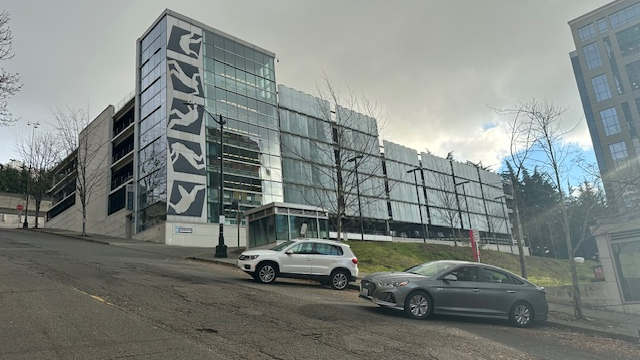An August 2021 survey of working Americans states 55% of employees are likely to look for new employment in the next 12 months. The ‘Great Resignation’ has forced companies to find creative ways to keep their employees. A tool often overlooked is the Stay Interview.
Many companies use an Exit Interview to determine why a person has decided to leave the company. However, by that time, it is too late. The employee is already out the door. The Stay Interview is a structured discussion on the value of an employee’s current job and how to improve it. This Interview is typically conducted one-on-one between the leader and the employee.
Understand, a Stay Interview is not a Performance Review. The point of the Stay Interview is to listen to the employee’s point of view. Therefore, they should focus on engagement, retention feedback, communication, and concerns. Stay interviews should be extensions of ongoing conversations.
Stay Interviews are a way to help build trust in an organization. Employees stay based on trust. A Stay Interview shows employees their opinions are valued. Any time an employer and employee talk openly to each other, engagement and retention increase.
Why is a Stay Interview important?
This communication is valuable for the employee and employer. The employee can express challenges about their current job or life situation. Concerns can include how their current wage meets an expected rent increase, their full potential not being used, or questions on coming back to the office. Leaders can resolve many concerns immediately. Other issues may take some time. If the leader is aware of the situation, it allows for dialog and a step in the right direction. In addition, the leader has the advantage of knowing if an employee is planning to leave. For example, suppose a person is looking to advance their career, and there is no current opportunity available. The leader can either create a position where the employee could excel or plan for a potential replacement.
Stay Interviews should be conducted annually at a minimum for all employees. New hires are more susceptible to turnover, especially if their expectations are not being met. Therefore, for new employees, Stay Interviews should be at least every 2-3 months for the first year.
What to include in a Stay Interview?
Remember, the Stay Interview intends to determine how an employee feels about their current role. It is about job satisfaction. Start with setting the expectations for this conversation. The introduction and questions should be the same for all persons interviewed. Emphasize the discussion is not a performance review. Note it will focus on areas the leader can influence. Finally, leave yourself enough time to conduct the Interview. Based on the number of questions and feedback, it should last about 25-35 minutes.
The Society of Human Resource Management (SHRM) offers these examples of Stay Interview questions:
- What do you look forward to when you come to work each day?
- What do you like most or least about working here?
- What keeps you working here?
- If you could change something about your job, what would that be?
- What would make your job more satisfying?
- How do you like to be recognized?
- What talents do you have that are not being used in your current role?
- What would you like to learn here?
- What motivates (or demotivates) you?
- What can I do to best support you?
- What can I do more of or less of as your manager?
- What might tempt you to leave?
Close the Interview by summarizing the employee’s critical reasons for staying or wanting to leave. Then, develop a ‘Stay Plan’ based on the answers to the Interview. Finally, thank the employee for trusting the leader with their candid responses.
Stay Interviews help lead the discussion of employee engagement throughout the organization. Use this tool to combat the Great Resignation and develop trust between leaders and employees.










